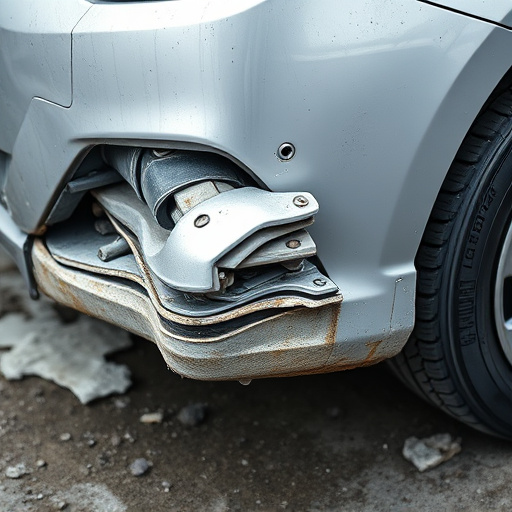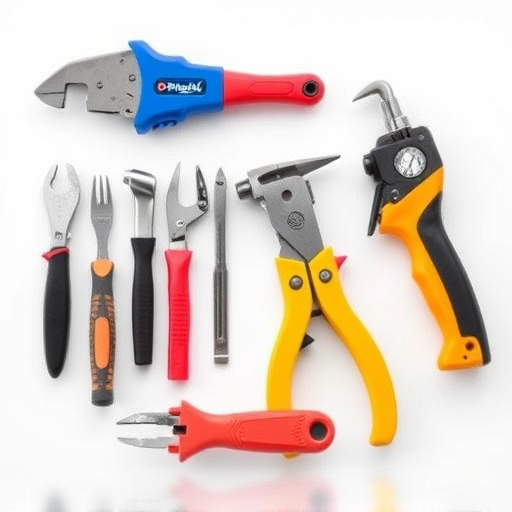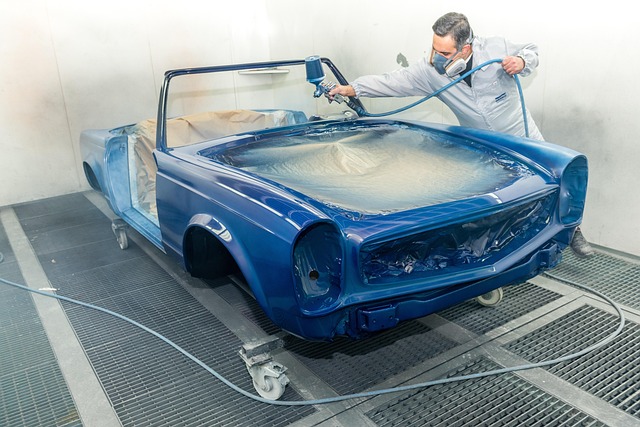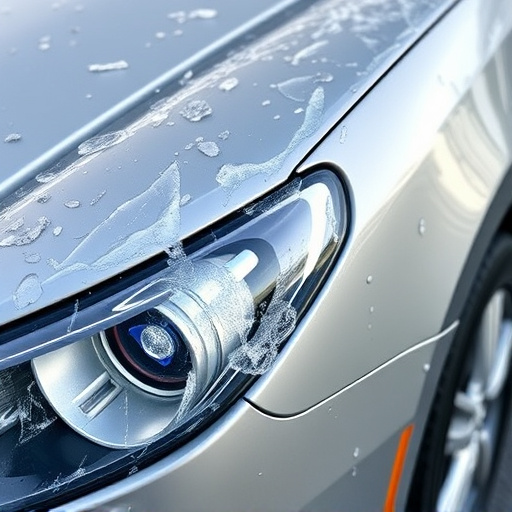In a competitive market, meeting customer expectations is vital for collision and bumper repair businesses. Color spectrophotometers are essential tools that enable precise color matching, enhancing customer satisfaction by reducing post-repair complaints about imperfections. This technology accurately measures paint properties using hue, saturation, and lightness (HSL), identifying subtle differences the human eye might miss. By ensuring consistent results, it significantly reduces customer complaints related to cosmetic issues in both new car production and restoration projects. The use of color spectrophotometers has revolutionized fender repair processes, building trust and loyalty among customers for high-quality repairs.
In today’s visual-centric market, managing customer expectations regarding product color accuracy is paramount. This is where color spectrophotometers prove invaluable. These advanced tools measure and analyze colors precisely, reducing costly mistakes and enhancing customer satisfaction. By understanding customer perceptions of color and employing spectrophotometry in quality control, businesses can significantly cut down on complaints and returns, ensuring products meet – and exceed – expectations. Discover how this technology revolutionizes quality assurance across various industries.
- Understanding Customer Expectations and Color Perception
- The Role of Color Spectrophotometry in Quality Control
- Measuring Accuracy and Satisfaction: Case Studies and Results
Understanding Customer Expectations and Color Perception

In today’s highly competitive market, understanding customer expectations is paramount for businesses, especially in sectors like collision repair and bumper repair services. Customers seeking vehicle dent repair expect precision, quality, and consistency in their repairs. They have a clear perception of color as a critical factor in determining the success of these repairs. A subtle difference in shade or tone can lead to dissatisfaction, resulting in customer complaints.
Color spectrophotometers play a pivotal role in managing these expectations by providing an objective measure of color accuracy. These advanced tools allow technicians to precisely match colors during bumper repair and vehicle dent repair processes. By ensuring minimal color deviation from the original factory finish, spectrophotometers reduce the likelihood of customers perceiving imperfections, thereby enhancing customer satisfaction and minimizing post-repair complaints.
The Role of Color Spectrophotometry in Quality Control

Color spectrophotometry plays a pivotal role in modern quality control processes across various industries, including automotive and vehicle restoration sectors. This advanced technology allows for precise measurement and analysis of color properties, ensuring consistent and accurate results. By employing a color spectrophotometer, manufacturers and restorers can objectively evaluate the hue, saturation, and lightness (HSL) of materials, such as paint and finishes, across different surfaces like vehicle bodywork.
This meticulous process helps identify subtle variations or inconsistencies that might go unnoticed by the human eye. In auto body work, for instance, color spectrophotometry ensures that every panel, when repaired or replaced, matches perfectly with the original vehicle’s finish. This level of precision not only reduces customer complaints related to cosmetic issues but also enhances overall product quality and customer satisfaction in both new car production and vehicle restoration projects.
Measuring Accuracy and Satisfaction: Case Studies and Results

In the realm of customer satisfaction, especially within industries like vehicle repair and fender repair, the impact of precise color matching cannot be overstated. This is where a color spectrophotometer emerges as a game-changer. These advanced instruments are designed to measure color accuracy with unparalleled precision, ensuring that every repair job, whether it’s a minor dent or a significant vehicle collision repair, meets or exceeds customer expectations.
Case studies from leading automotive bodyshops have shown remarkable outcomes. By employing a color spectrophotometer for quality control during fender repair processes, these businesses witnessed a substantial decline in customer complaints related to paint jobs. The technology enabled them to identify and rectify subtle variations in color shading, resulting in more consistent and aesthetically pleasing finishes. This attention to detail not only boosts customer satisfaction but also fosters trust and loyalty, particularly when it comes to high-value vehicle repair and collision repair services.
A color spectrophotometer is proving to be an invaluable tool for businesses aiming to enhance customer satisfaction. By understanding and accurately measuring color perception, companies can ensure their products meet or exceed expectations. The data provided by spectrophotometry allows for precise adjustments during quality control, directly correlating to reduced customer complaints. Through case studies, it’s evident that this technology offers a reliable method to maintain consistency and accuracy, ultimately fostering higher levels of consumer satisfaction.














